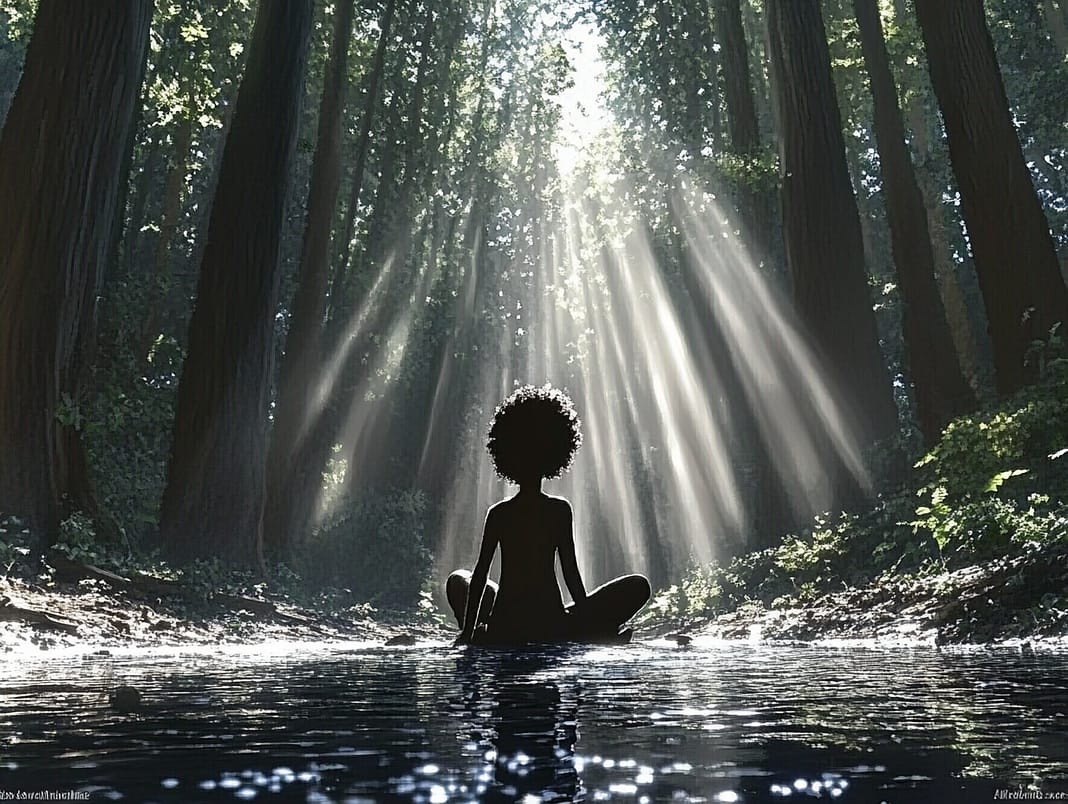We were never meant to forget the trees. Their steady reach toward the sun, their roots pressed deep into the unseen, remind us of the balance between longing and belonging. And yet, we have managed to untether ourselves from the soil that once cradled us, moving through concrete landscapes with the kind of indifference that can only come from a prolonged forgetting. Biophilia, our innate love for life and living things, whispers through this forgetting, asking us to remember.
The connection to nature is not something we learned; it is something we carry. It is older than words and as intimate as breath. Consider how children reach instinctively for a flower without needing to be taught its beauty. Or how we find comfort in the rhythmic crash of waves, in the stretch of open sky, in the rustle of leaves that feel like a long-lost language. These are not mere preferences. They are echoes of a time when we knew we belonged to the earth, when survival depended not on dominion but relationship.
In our modern world, that relationship has become fractured. We have traded rivers for roads, meadows for machinery, and the price has been our well-being. Anxiety, depression, and burnout rise as the green spaces recede. This is no coincidence. Research shows that proximity to nature reduces stress, lowers blood pressure, and even improves cognitive function. It is no wonder, then, that urban parks feel like an exhale in cities designed for speed and efficiency. We are drawn to them not as a luxury but as a lifeline.
There is a growing body of evidence that affirms what we have always known intuitively: nature heals. Studies published in journals like Environmental Research and Frontiers in Psychology reveal that time spent outdoors improves mental health and strengthens immunity. Even something as simple as gazing at images of natural landscapes can trigger a measurable reduction in stress. Yet, these findings are less revelation than affirmation. For centuries, Indigenous communities have understood the interconnectedness of life and the necessity of honoring it. Western science, in many ways, is only catching up.
But biophilia is more than a salve for individual wounds; it is a mirror for collective ones. When we sever ourselves from the natural world, we do not only harm ourselves. We harm the earth that sustains us. Deforestation, pollution, and climate change are symptoms of the same disconnection that manifests in our personal despair. To destroy the forests is to destroy the lungs of the planet. To poison the oceans is to poison our own veins. The harm is cyclical, and so must be the healing.
This is where biophilia moves from instinct to responsibility. It is not enough to love nature passively, to admire its beauty from a distance. Love, real love, demands reciprocity. It calls us to action: planting trees, advocating for green spaces, protecting ecosystems. It asks us to rethink how we build our cities, how we structure our days, how we teach our children. Biophilic design—incorporating natural elements into architecture and urban planning—has begun to answer this call. Rooftop gardens, vertical forests, and buildings designed to maximize sunlight are no longer novelties; they are necessities. These innovations are not simply about aesthetics but survival.
But what of those who do not have access to nature? What of the child who grows up surrounded by asphalt and noise, whose playground is a cracked parking lot? Environmental inequity ensures that the poorest among us often have the least access to green spaces, compounding the physical and psychological toll of poverty. If biophilia is our birthright, why is it denied to so many? Answering this question requires systemic change, not charity. It requires policies that prioritize environmental justice, ensuring that every community—regardless of income or race—has access to the healing power of nature.
And still, the question remains: how do we, as individuals, return to nature in a way that feels authentic in lives that are so removed from it? The answer is not grand gestures but quiet, persistent ones. It is in tending to a plant on a windowsill, walking barefoot on grass, or listening to birdsong in the early morning. It is in pausing, even briefly, to notice the way light filters through leaves or the smell of rain on pavement. These small acts of attention are acts of remembrance, a way of saying, “I see you. I have not forgotten.”
Biophilia is not a trend or a theory. It is a call to come home—not to a place, but to a way of being. To live in harmony with the natural world is not simply to survive; it is to thrive. And as we begin to answer this call, let us ask ourselves what kind of ancestors we wish to be. Will we leave behind a legacy of destruction, or will we plant seeds for a future we may never see?
The trees are still reaching. The rivers are still flowing. Nature waits, patient and unyielding, for us to remember that we belong to it as much as it belongs to us. What will you do to answer the call?
Discover more from The Reasoned Journey
Subscribe to get the latest posts sent to your email.


